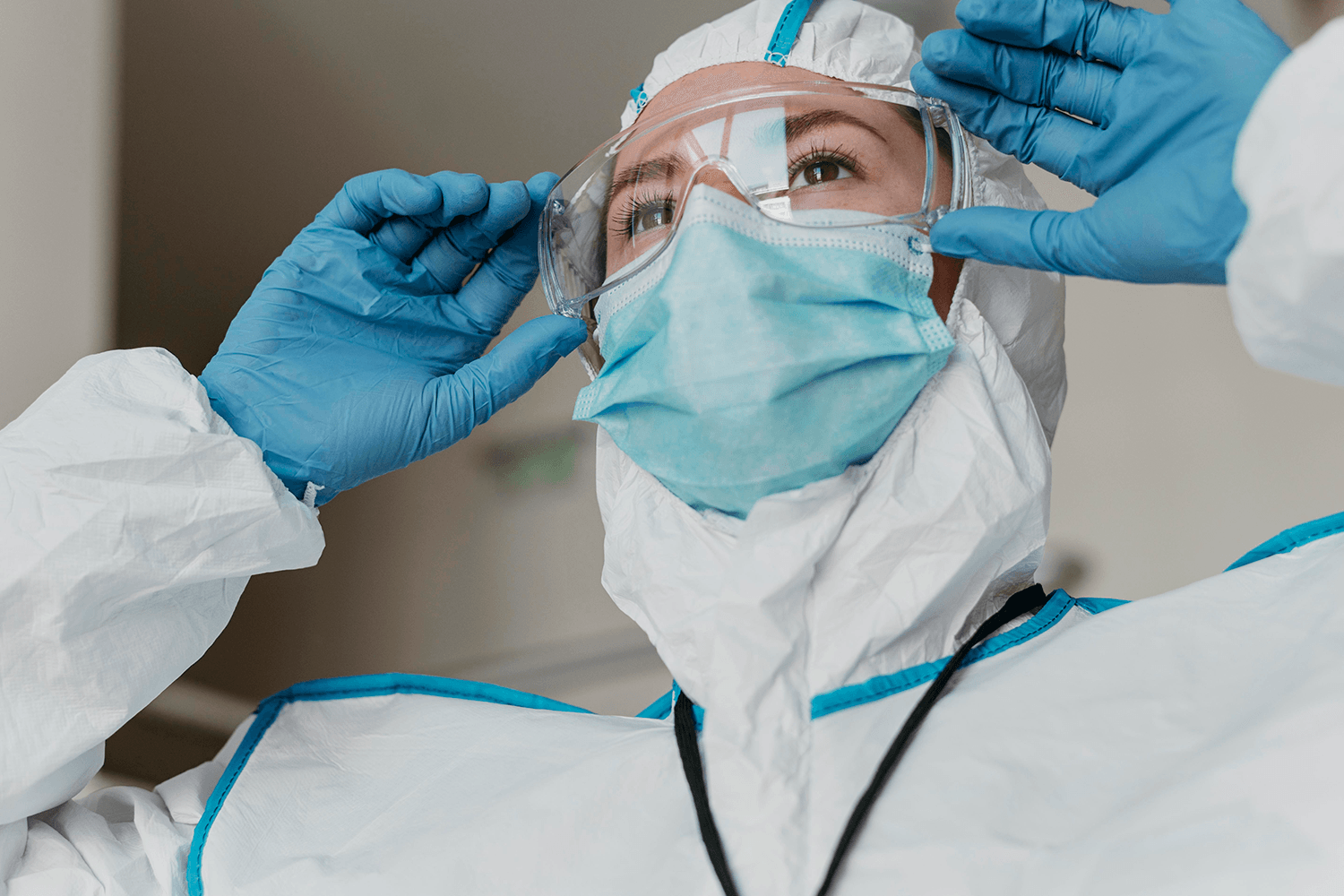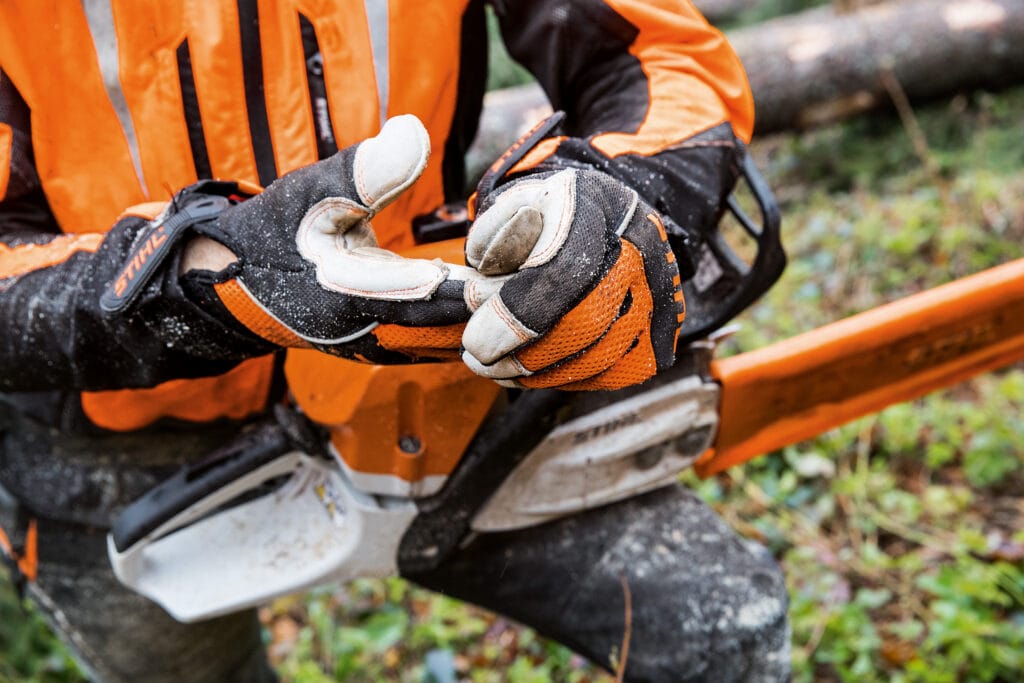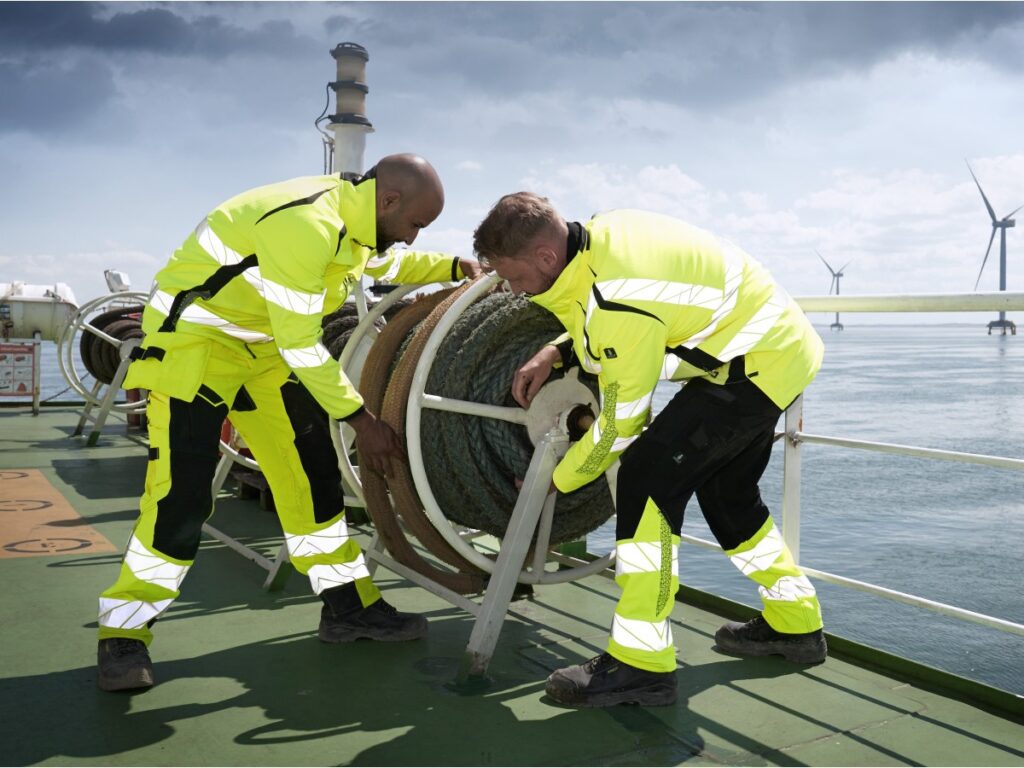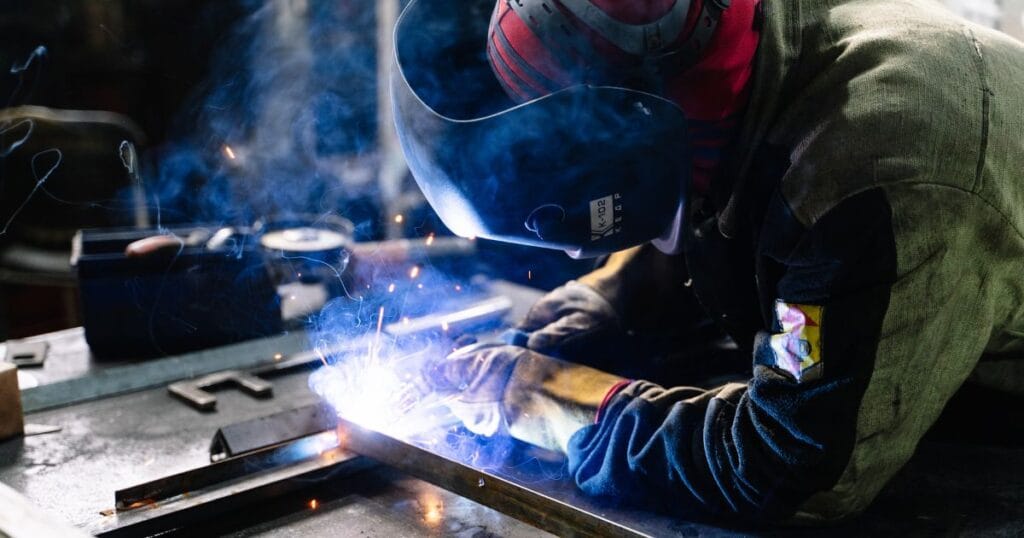
I still remember the first time a nurse explained PPE to me. “It’s not just a uniform,” she said, adjusting her face shield. “It’s my second skin—my armor.” That moment stuck with me. Because for nurses, PPE isn’t optional. It’s survival gear. It protects not just them, but the people they care for every day.
PPE in nursing stands for Personal Protective Equipment—gear designed to protect nurses from exposure to infections, hazardous substances, and cross-contamination in healthcare settings. It includes gloves, masks, gowns, and more, depending on the risk level and clinical environment.
When we talk about nursing PPE, we’re not just discussing materials and certifications—we’re talking about trust, safety, and keeping healthcare running, one shift at a time.
What Is PPE in Nursing and Why Is It Important?
PPE isn’t just a healthcare buzzword—it’s a crucial part of every nurse’s daily routine, from routine checks to high-risk emergencies.
PPE is vital in nursing because it acts as a barrier between the nurse and potential health hazards, like infectious diseases, body fluids, or harmful substances. It helps prevent cross-contamination and keeps both patients and healthcare workers safe.
In clinical settings, the importance of PPE skyrockets during outbreaks like COVID-19, SARS, or seasonal flu. Nurses often serve as the first and last line of defense, making PPE their everyday armor. The right protection also supports mental well-being—they can focus on patients, not on whether they’re exposed.
Essential PPE Items Used by Nurses in Clinical Settings
Not all PPE is created equal—and not every shift requires the same gear. Knowing what nurses use regularly helps suppliers, like me, stock what truly matters.
Nurses typically use gloves, surgical masks, gowns, eye protection, and sometimes N95 respirators or full coveralls, depending on the type of care being provided and the infection risk level.
Here’s a breakdown of the essentials:
| PPE Item | Used For |
|---|---|
| Gloves | Protect hands from bodily fluids & contact |
| Surgical Masks | Block respiratory droplets |
| N95 Respirators | Filter airborne particles in high-risk cases |
| Isolation Gowns | Shield clothing and skin from contamination |
| Eye Protection | Prevent splashes from entering the eyes |
| Face Shields | Full facial coverage during procedures |
| Shoe Covers | Used in ORs or contaminated areas |
In reality, even something as small as a pair of gloves makes a huge difference. I once visited a small clinic in rural Europe, where the nurses had to reuse gloves due to shipment delays. That kind of risk is unacceptable—good PPE should never run out when lives are on the line.
How to Properly Don and Doff PPE in Healthcare Environments
Putting PPE on is one thing—taking it off without spreading contamination is another. This process needs to be done right, every single time.
To don PPE, nurses follow a strict sequence: gown, mask, goggles or face shield, then gloves. To doff it safely: remove gloves, goggles/face shield, gown, and then mask, performing hand hygiene at each step.
Here’s a quick checklist nurses often follow:
Donning PPE (Putting It On):
- Perform hand hygiene
- Put on isolation gown
- Put on mask or respirator
- Add goggles or face shield
- Put on gloves (over gown cuffs)
Doffing PPE (Removing It):
- Remove gloves (avoid skin contact)
- Take off goggles or face shield
- Remove gown carefully, turning inside out
- Remove mask or respirator
- Perform hand hygiene again
Even experienced nurses can slip up when they’re rushed or exhausted. That’s why training and user-friendly PPE designs are crucial—it’s not just about supply, it’s about ease of use too.
PPE Guidelines for Nurses During Infectious Disease Outbreaks
When outbreaks hit, the stakes go up—and so do the PPE protocols. Flexibility, supply, and fast response become everything.
During outbreaks, PPE guidelines tighten significantly, often requiring full-body coverage, frequent PPE changes, and use of respirators instead of surgical masks. Following CDC, WHO, or local health authority protocols is essential.
For instance, during the COVID-19 pandemic, frontline nurses had to:
- Wear N95 respirators instead of standard surgical masks
- Use disposable gowns instead of reusable ones
- Sanitize or change PPE more frequently
- Extend glove use across procedures only when supply was tight
Here’s an example from one of our buyers: during the Delta variant surge, their local hospital in Michigan needed 4x the usual PPE supply within two weeks. They told me, “Zion, we’re drowning here.” We had to air-freight gowns to avoid collapse. That’s how critical timely sourcing becomes in crisis.
Common Challenges Nurses Face with PPE Usage
It’s not just about having PPE—it’s about using it without feeling restricted, overheated, or unsure.
Nurses often struggle with PPE that is uncomfortable, too small or large, fogs up vision, causes skin irritation, or is in short supply. Training gaps and incorrect usage also pose challenges.
Here are some real pain points I’ve heard directly from nurses and buyers:
- “My goggles fog up, and I can’t see the IV line.”
- “The mask rubs my ears raw by noon.”
- “We have the gowns, but they’re too short for tall staff.”
That’s why I always recommend offering custom sizing or adjustable PPE. It’s a small change that makes a massive difference on a 12-hour shift.
How PPE Protects Both Nurses and Patients from Cross-Contamination
PPE isn’t just about self-defense—it’s about breaking the chain of infection from one patient to another.
Proper use of PPE helps stop cross-contamination between patients, protecting both healthcare workers and vulnerable individuals. This is especially critical in environments like ICUs or nursing homes.
Without PPE, bacteria or viruses can travel:
- From a patient’s wound to the nurse’s gloves
- From one room to another on a contaminated gown
- From a sneeze into the air and onto multiple surfaces
Even one careless moment—removing a glove improperly, reusing a mask, forgetting to wash hands—can lead to outbreaks. So PPE is really a silent protector that ensures every nurse can treat the next patient safely.
Conclusion
PPE in nursing isn’t just gear—it’s peace of mind. It allows nurses to show up, do their job, and care for people without fear. And for those of us in the supply chain, our job is to make sure that armor never cracks. Reliable quality, certified protection, and responsive support—that’s what every nurse deserves, and that’s what I’m here to deliver.
Zion Zhang
Recent Posts
 Thermo-Adaptive Fabrics: Dynamic Microclimate Control for Extreme Heat Environments2025年12月8日In high-temperature environments—whether in Middle Eastern […]
Thermo-Adaptive Fabrics: Dynamic Microclimate Control for Extreme Heat Environments2025年12月8日In high-temperature environments—whether in Middle Eastern […] Choosing the Right Fabric Blend by Industry2025年12月6日How CVC, TC, and High-Strength Fiber Blends Shape […]
Choosing the Right Fabric Blend by Industry2025年12月6日How CVC, TC, and High-Strength Fiber Blends Shape […] Functional Fabric Trends 20252025年12月3日Performance, Sustainability, and Smart Innovation Driving […]
Functional Fabric Trends 20252025年12月3日Performance, Sustainability, and Smart Innovation Driving […] Why Global Buyers Are Shifting Toward Lightweight Protection2025年12月2日Hygiene, Comfort, and Safety in a New Era of Performance […]
Why Global Buyers Are Shifting Toward Lightweight Protection2025年12月2日Hygiene, Comfort, and Safety in a New Era of Performance […] Top Workwear Fabric Innovations to Watch in the Next 3 Years2025年12月1日Workwear is entering a new era where materials science, […]
Top Workwear Fabric Innovations to Watch in the Next 3 Years2025年12月1日Workwear is entering a new era where materials science, […] Supplier Opportunity: Selling Tracking-Enabled Workwear as a Service2025年11月27日The Future of Safety, Compliance, and Workforce […]
Supplier Opportunity: Selling Tracking-Enabled Workwear as a Service2025年11月27日The Future of Safety, Compliance, and Workforce […]
CONTACT US
- Feel free to contact us any time. We will get back to you as soon as we can!
- +86-17330061805
